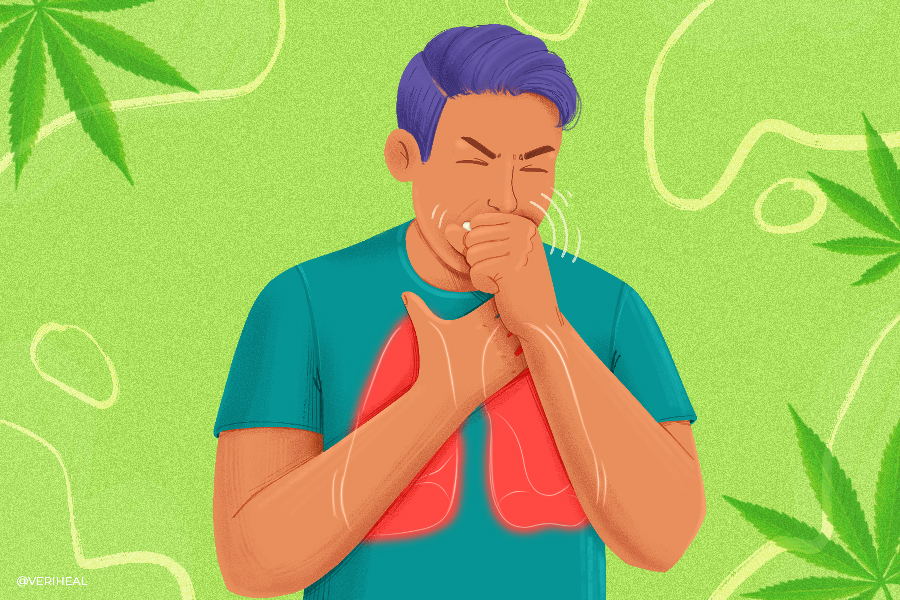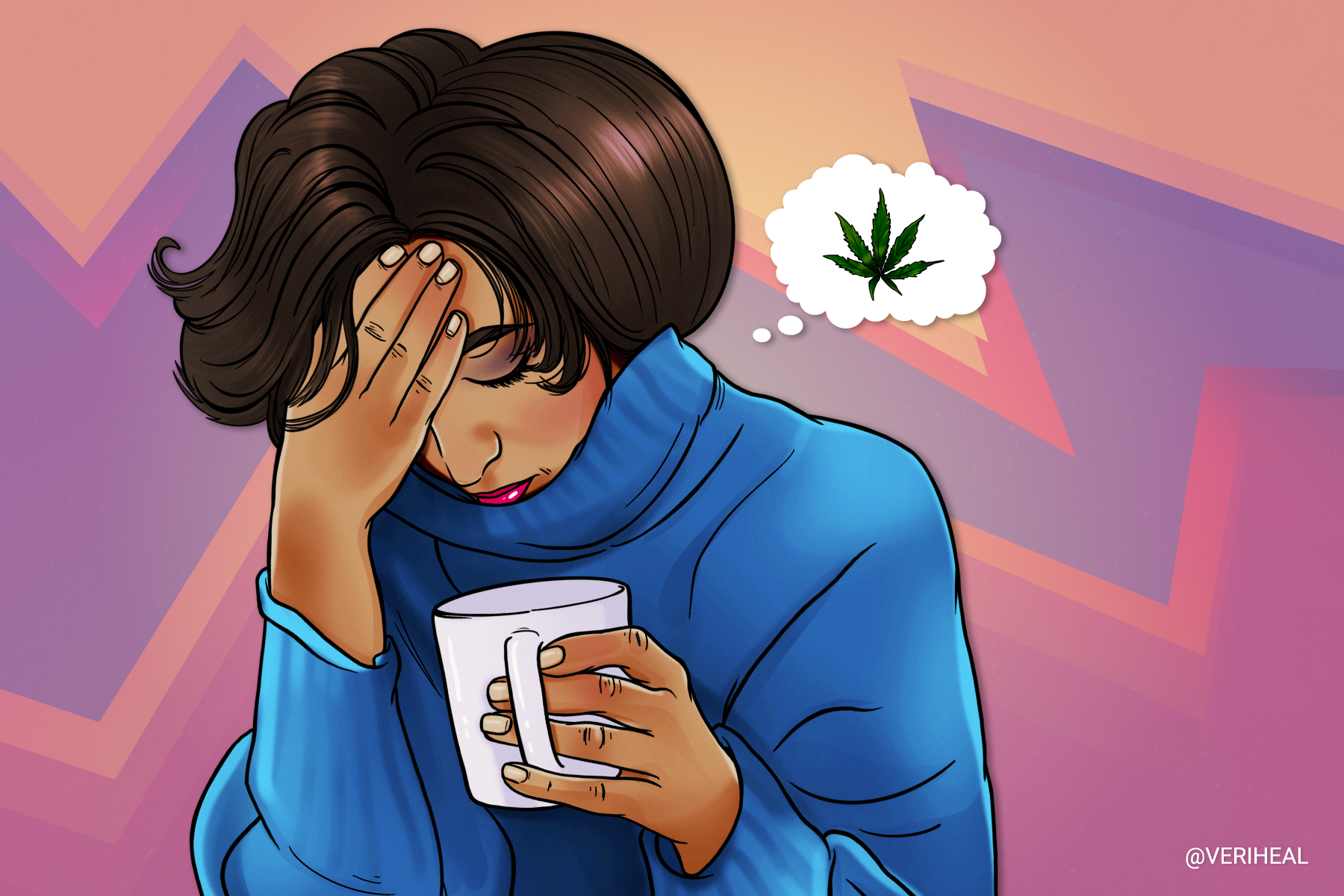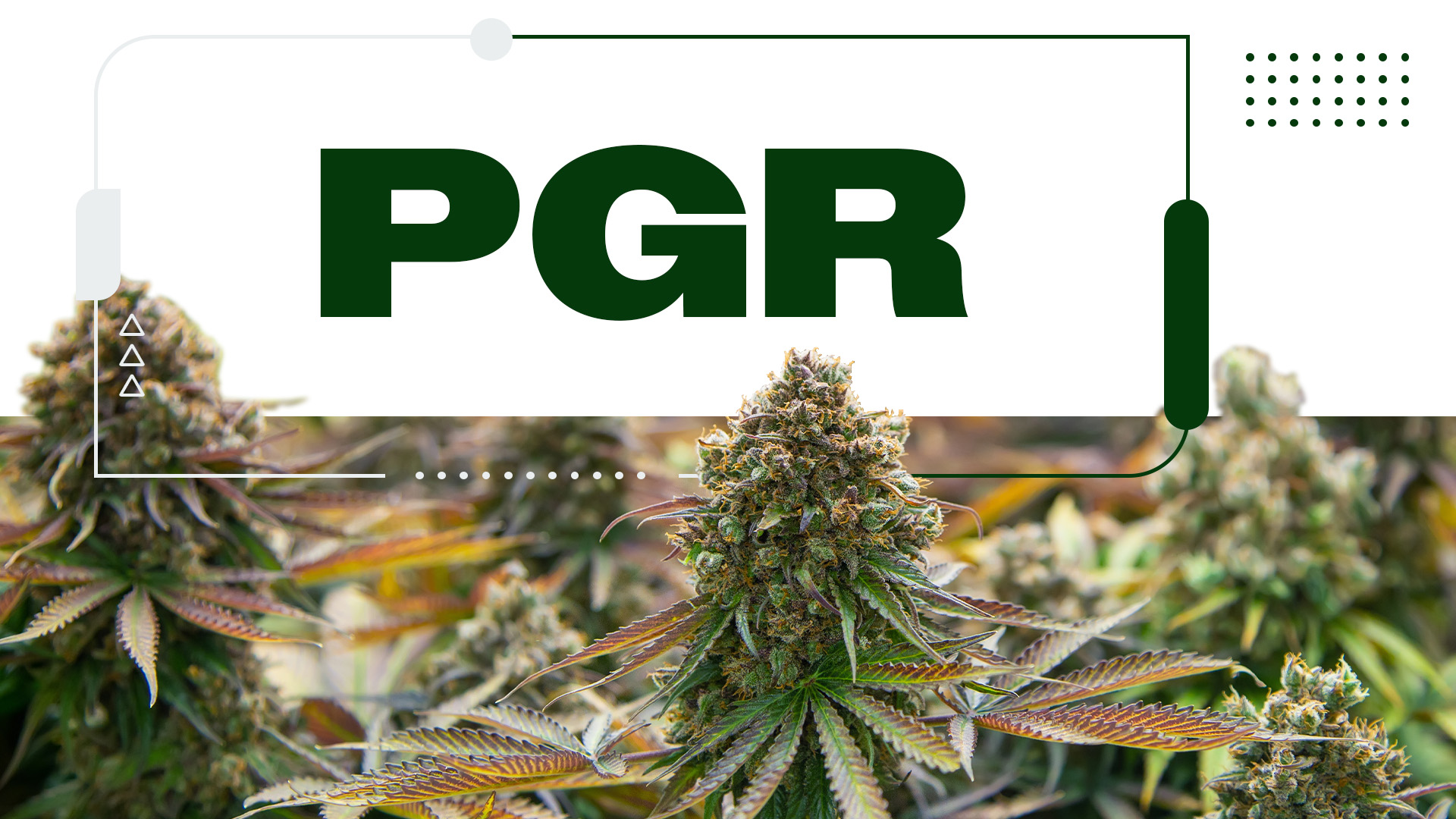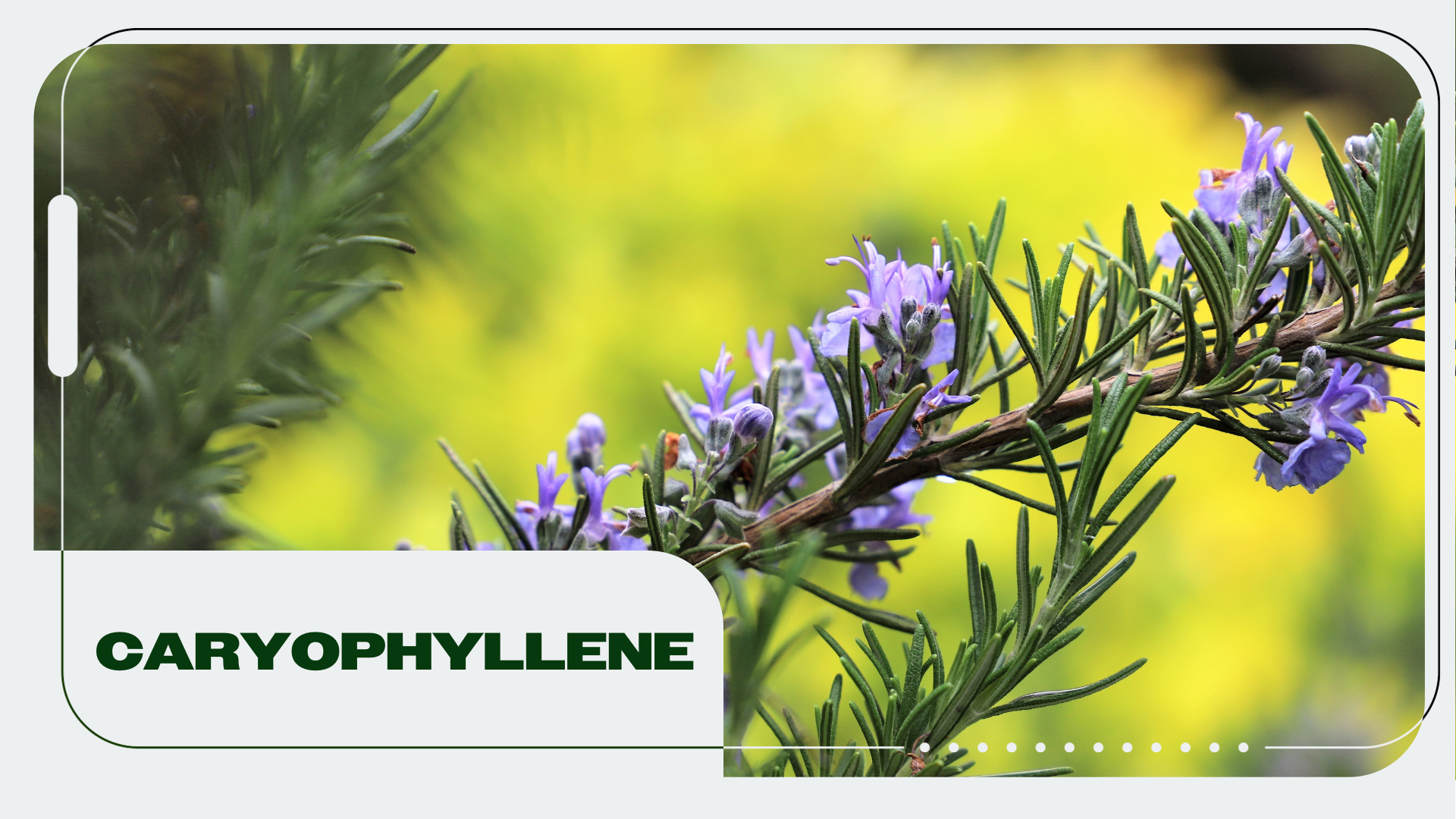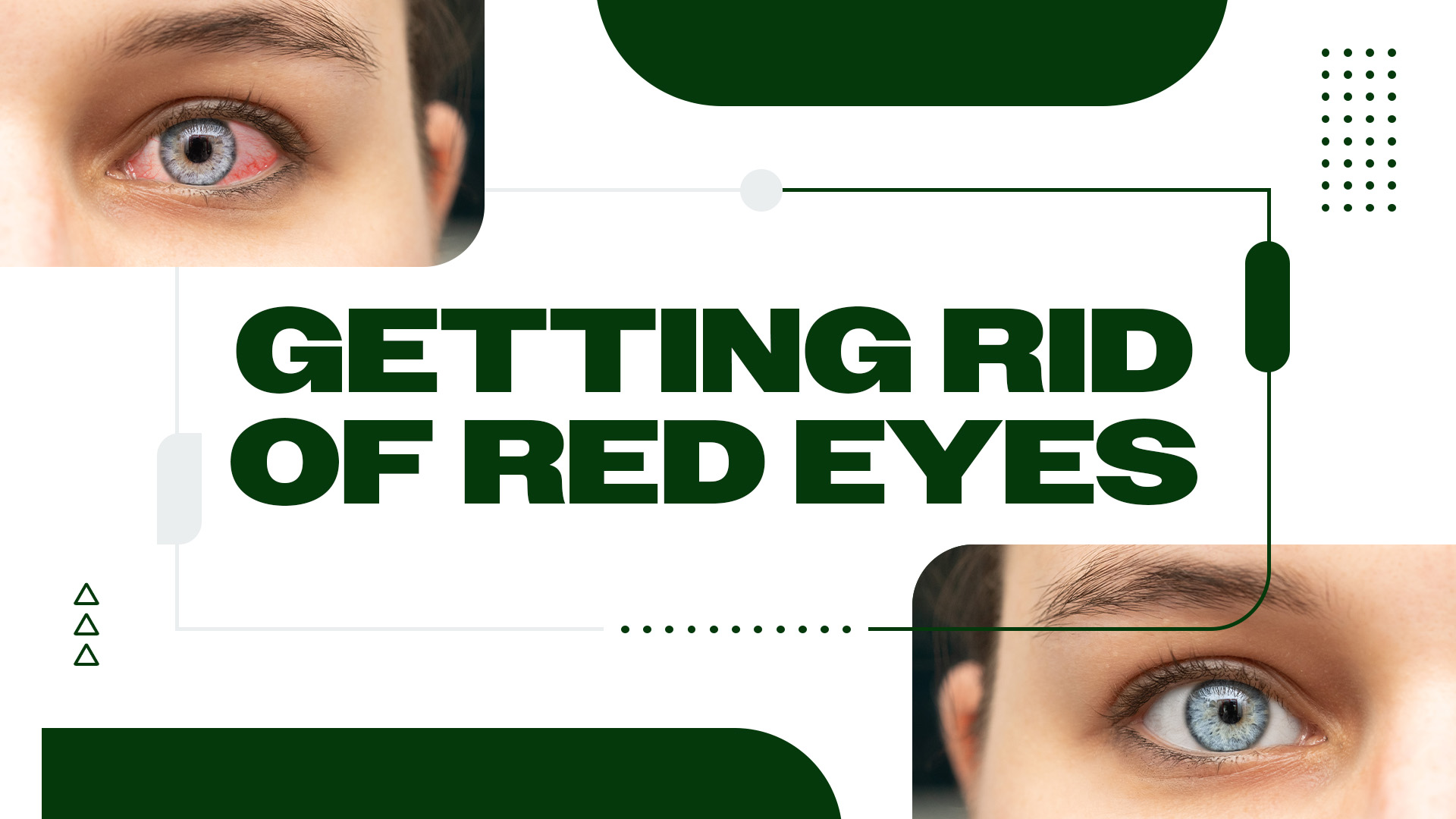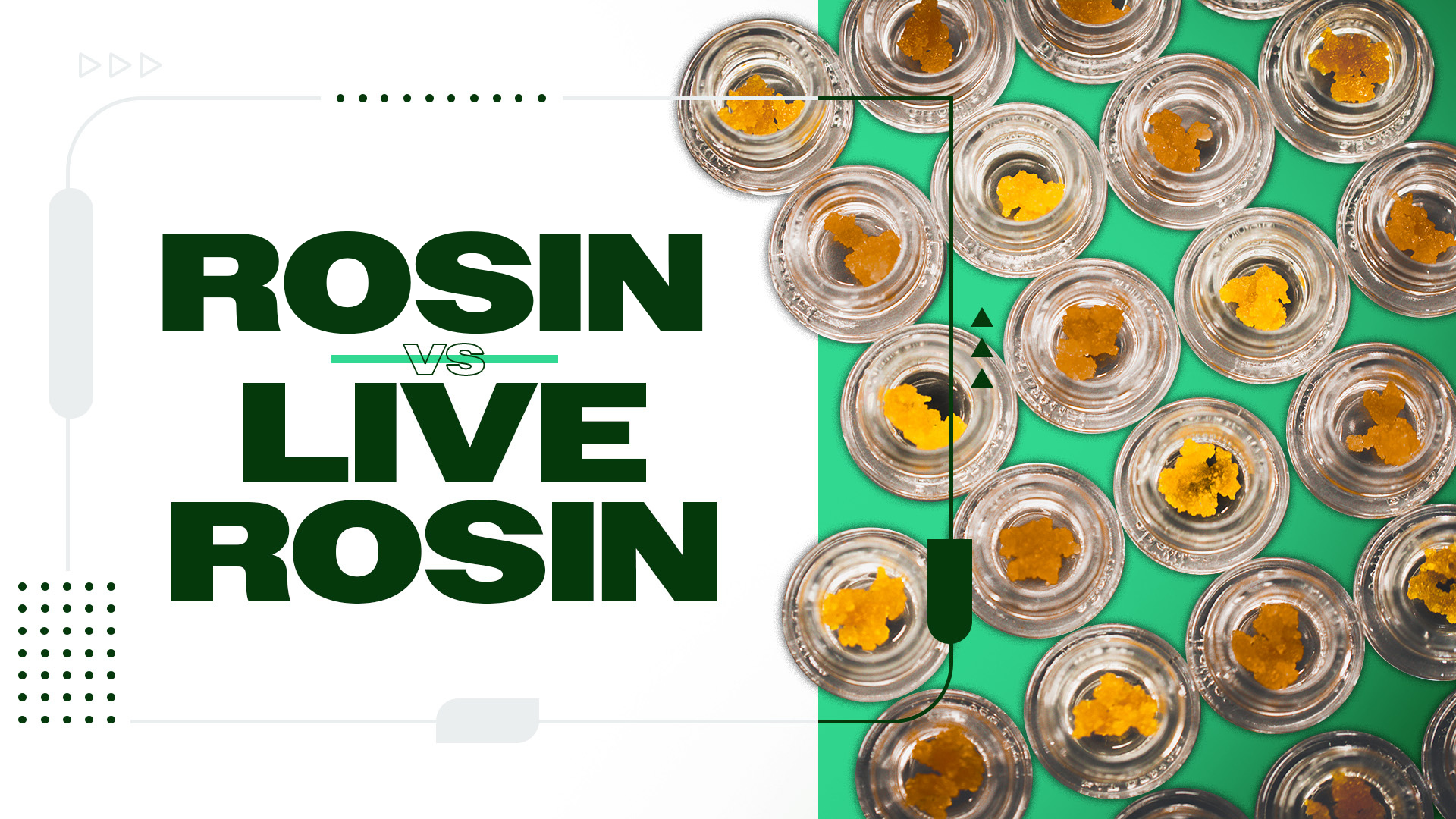According to research, “Migraine is highly prevalent, affecting 12% of the population, attacking up to 17% of women and 6% of men yearly. Among children, it tends to happen more in girls than boys.” A migraine can be very disabling and last from hours to two or three days.
Migraines are considered to be the third most common illness globally, and in the U.S. alone, 1 in 4 households includes at least one individual that suffers from migraines. Let’s explore migraines in more detail and the potential for medical cannabis assistance.
Migraine Sufferers Don’t Have Many Options
Migraines are considered to be the sixth most disabling illness in the world, according to the American Migraine Foundation. Every 10 seconds, someone goes into the emergency room as a result of headache pain, and approximately 1.2 million visits are a result of acute migraine attacks.
The Cleveland Clinic explains that the exact causes of migraines are not easily identified due to being “complicated and not fully understood.” According to the multispecialty academic center, the most common triggers of migraines include emotional stress, light, missing a meal, caffeine, daily use of pain-relieving medications, sensitivity to chemicals and preservatives in foods, and hormonal changes (in women).
Other possible triggers are changes in weather conditions, overexertion, dieting, not drinking enough water, loud noises, strong odors, changes in sleep patterns, and certain medications which cause blood vessels to swell.
During attacks, more than 90% of those affected are unable to work or function normally until the pain subsides. In many cases, migraines are accompanied by other neurological symptoms, such as tingling, dizziness, and nausea/vomiting, as well as extreme sensitivity to sound, light, and movement.
On average, the pain itself and the associated symptoms last anywhere from four hours to three days. Most commonly, sufferers are prescribed pharmaceutical-based medications and advised to eat a healthy diet and exercise regularly. Unfortunately, for many, this isn’t enough to bring them significant or consistent relief. In some cases, daily pain-relieving medication can ironically cause headaches, too.
Researchers Investigate Effects of Cannabis on Migraines
Luckily, other more holistic and natural approaches may hold a key in providing relief to those who suffer from these debilitating headaches and their accompanying symptoms. Cannabis is one of those natural options. According to a recent study by researchers at Washington State University, inhaled cannabis could be the medicine migraine sufferers have been waiting for. The study, which was recently published in the Journal of Pain, showed that cannabis could reduce the severity of migraines by almost 50%.
The conclusion of this study was based on self-reported entries by those who suffer from headaches and migraines. Researchers analyzed data gathered from roughly 2,000 patients through the Strainprint app, which allows users to track medical symptoms in relation to cannabis intake. Patients using the app reported their symptoms prior to and after utilizing cannabis to treat headaches and/or related symptoms nearly 20,000 times. According to this data, cannabis reduces headache severity by 47.3% and migraine severity by 49.6% on average.
The study was led by Carrie Cuttler, an assistant professor of psychology at Washington State University. According to Carrie,
“We wanted to approach this in an ecologically valid way, which is to look at actual patients using whole-plant cannabis to medicate in their own homes and environments. These are also very big data, so we can more appropriately and accurately generalize to the greater population of patients using cannabis to manage these conditions.”
Many other conventional treatments result in “overuse headaches,” which can actually increase migraine severity over time. This result was not recognized, however, when cannabis was utilized for treatment. Of the strains reportedly used by patients using the Strainprint app, there were no conceivable differences in the amount of relief received when high-THC and high-CBD strains were utilized versus strains with lower concentrations.
Top Strains for Migraines
If you need a great introductory cannabis strain to treat your migraines, look no further. Below, you’ll find a variety of strains with balanced CBD/THC ratios and therapeutic potential for migraine relief.
While the research above couldn’t identify which strains are best, it did suggest that other compounds, like minor cannabinoids and terpenes, may make a bigger difference and need to be further examined. Consumers should keep a journal and take note of the terpenes in their strains as they experiment between chemovars.
Generally, medical cannabis is to be consumed in doses with low THC quantity considering its psychoactive effects. However, all cannabinoids and terpenes need to be present in the product you consume in order to best benefit from the plant; this is referred to as the entourage effect.
Please keep in mind that cannabinoid ratios and terpenes can vary from region to region, so you should always check the CBD/THC/minor cannabinoid quantity before purchasing a product as well as any other terpene info provided.
Harlequin is a strain bred from Colombian gold, Nepali, Thai, and Swiss landrace strains. This strain has also gained a reputation for reliably higher quantities of CBD, which makes this strain ideal for medical conditions involving pain, inflammation, and anxiety–two of which are commonly associated with migraines.
Harlequin is classified as a type II chemotype because of its 1:1 CBD:THC ratio. This Sativa-dominant strain is said to have a sweet flavor similar to that of a mango. One can expect to get a boost in energy and focus, all while feeling more relaxed.
CBD/THC Ratio: 5% THC to 9% CBD
Common Conditions: Pain (especially chronic pain), inflammation, nausea, muscle spasms
Northern Lights is one of the most sought-after strains, and its lineage remains somewhat of a mystery. This strain is Indica-dominant and has won the Cannabis Cup several times. Consumers can expect to feel relaxed, uplifted, and potentially sleepy. This strain is very high in THC and quite low in CBD, making it a type I (THC-dominant) chemotype.
This explains why the strain is often called a “two-hit and quit” strain. Do not be alarmed, however–stronger strains of cannabis can be effectively and safely consumed as long as you start small and listen to your body.
CBD/THC Ratio: 10-33% THC to 9% CBD
Common Conditions: Insomnia, anxiety, pain, inflammation, nausea, muscle aches
OG Kush is a type 1, Indica-dominant strain with lots of fruit flavors. Much like Northern Lights, this strain is high in THC with lower quantities of CBD, and its true origins are also unknown. Many people believe that the “OG” stands for “Original Gangster”; a significant number of others believe it means “Ocean-Grown” due to the fact that it supposedly came from the California coast. Consumers can expect to feel lazy, sleepy, or couch-locked, but they can also expect to feel relaxed, hungry, and uplifted.
CBD/THC Ratio: 10-27% THC to 5-12% CBD
Common Conditions: Pain, inflammation, depression, loss of appetite
In opposition to OG Kush and Northern Lights, ACDC has a very low THC quantity and very high CBD quantity (type III chemotype). Some even say that the THC quantity is so low that you feel no psychoactive effects. ACDC is very much a balanced strain in the sense that it’s exactly half Sativa and half Indica. This means that consumers can expect the benefits of full-spectrum cannabis without the psychoactive effects while still feeling relaxed and uplifted.
CBD/THC Ratio: <1-6% THC to 14-20% CBD
Common Conditions: Pain, anxiety, inflammation, epilepsy, chemotherapy aftermath, nausea
Purple Kush joins the ranks of “less is best” alongside Northern Lights and OG Kush. It can be easy to consume too much of these type I THC-dominant strains, so small doses are key. The flower of Indica-dominant Purple Kush is quite colorful for a cannabis plant and has a pleasant aroma and taste. Consumers can expect to feel relaxed, uplifted, and sleepy, as with most other Indica-dominants.
CBD/THC Ratio: 12-3% THC to <1-6% CBD
Common Conditions: Insomnia, nausea, pain, anxiety, inflammation
Are Sativas or Indicas Better for Migraines?
Considering the fact that no pure strains of Sativa and Indica exist anymore, either one can be well-suited for alleviating migraines. The continued crossbreeding of cannabis has made it necessary for consumers to look at both cannabinoid and terpene profiles in order to select appropriate strains. While the previous list contains some of the best strains for migraines, any cannabis strain is likely to alleviate your pain to some degree.
Perhaps a more relevant question is: What levels of THC, CBD, and terpenes are best for migraines? While migraines are not necessarily considered an inflammatory disease, inflammation appears to play a role in the onset of migraines. This means that those suffering from migraines can also use the plant to reduce inflammation. As mentioned before, THC needs to be in the product to ensure more effective pain relief, but the most helpful cannabinoid for migraines is the anti-inflammatory CBD.
Overall, remember to avoid high-potency products, try to consume a full- or broad-spectrum product, and ensure THC is present in your products in low quantities.
Far more egregious than regular headaches, migraines can significantly impede the sufferer’s ability to perform daily tasks. Fortunately, the pain relief, reduced inflammation, and anti-nausea benefits of cannabis have been demonstrated to be effective through many studies (albeit not from migraine-specific research). Even as research evolves and more is unveiled about the connection between migraines and cannabis, remember to always consult with your doctor or a qualified healthcare provider before trying medical cannabis and/or CBD.
Note: The content on this page is for informational purposes only and is not intended to be professional medical advice. Do not attempt to self-diagnose or prescribe treatment based on the information provided. Always consult a physician before making any decision on the treatment of a medical condition.
This article was originally published on 9/16/21. Updated on 5/24/23.
Author, Share & Comments





